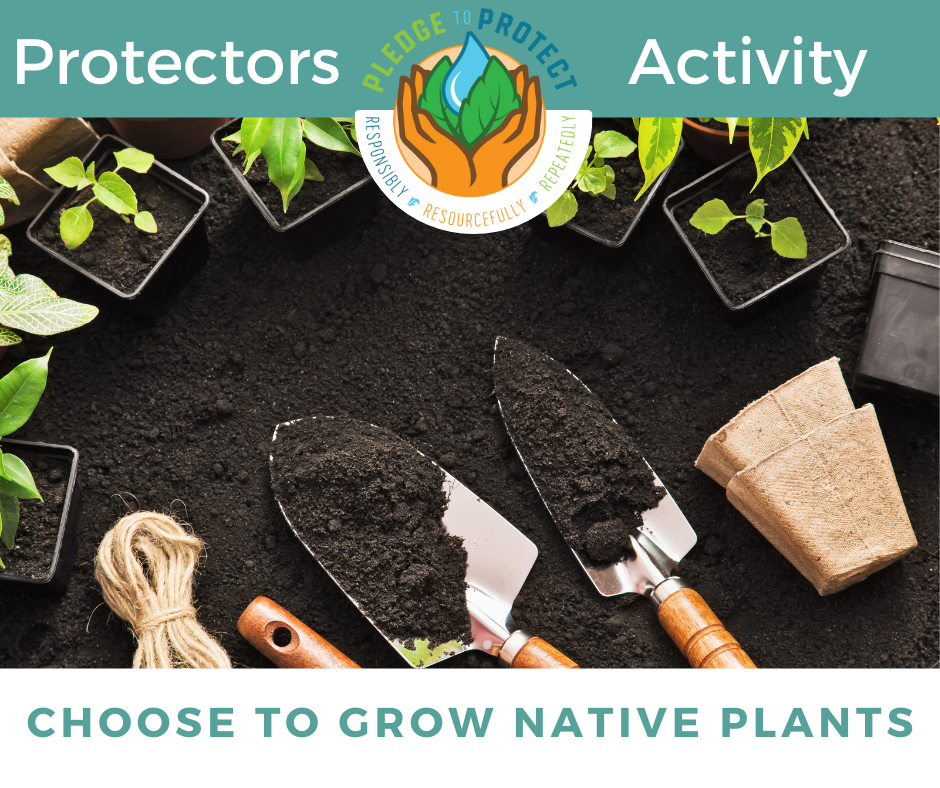There are many specialized relationships that exist between plants, birds, pollinators, and other wildlife that are disrupted by invasive species. This is because native plants have co-evolved with native wildlife and insects.
However, due to urbanization and globalization, plants that are grown in gardens and yards are often not native. Some of those non-native plants may even become invasive. By choosing to grow native rather than exotic non-native plants, you can help protect against the spread of invasive species while growing the plants that will help other native species like our favorite pollinators.
Learn about and remove the invasive species that may be in your garden.
Invasive plants are non-native species that cause harm to the environment or human health. Harm can come in many forms, but one of the biggest impacts invasive plants have is their ability to outcompete and replace native plants. The loss of native plants results in the loss of habitat for native insects and wildlife. This is because native plants have specialized relationships with native insects and wildlife, whereas, invasive plants are not native to the areas they invade and therefore have not developed these specialized and often complex relationships. For example, monarch butterflies need native milkweed to rear their young. Swallow-wort is an invasive plant that often displaces and is confused with native milkweed. Monarch larva laid on invasive swallow-wort doesn’t survive which reduces monarch butterfly populations.
What can you do?
Look around your property, and if you discover invasive plants, the next step is to remove them and replace them with native plants.
Start by referencing this Plant Wise Brochure to learn of common invasive garden plants and of native alternatives. Check out this Landowner-Guide-to-Managing-Invasive-Plants to learn some basic management techniques you can apply to control invasives you may find on your property.
Plan out your garden with native plants.
Use this handy reference list of native flowers, grasses, shrubs, trees, and vines for New York State developed by the NYS Department of Environmental Conservation.
Another great tool for garden planning is an online plant look-up by zip code website. It ranks native plants by how many butterfly and moth species use them as hosts. Use the native plant finder.
Get recommendations from the Regional Invasive Species and Climate Change Management group for Climate-smart Plants in the Northeast that you can grow in your own garden!
Did you enjoy this blog post? Take our Pledge to Protect and get monthly emails showcasing actions you can take to protect your favorite hiking trails, paddleways, forests, garden, and community from the impacts of invasive species!
Take the Pledge to Protect
The Pledge-to-Protect is a fun, positive, inviting, engaging and rewarding way to participate in invasive species prevention and management.
|
|



